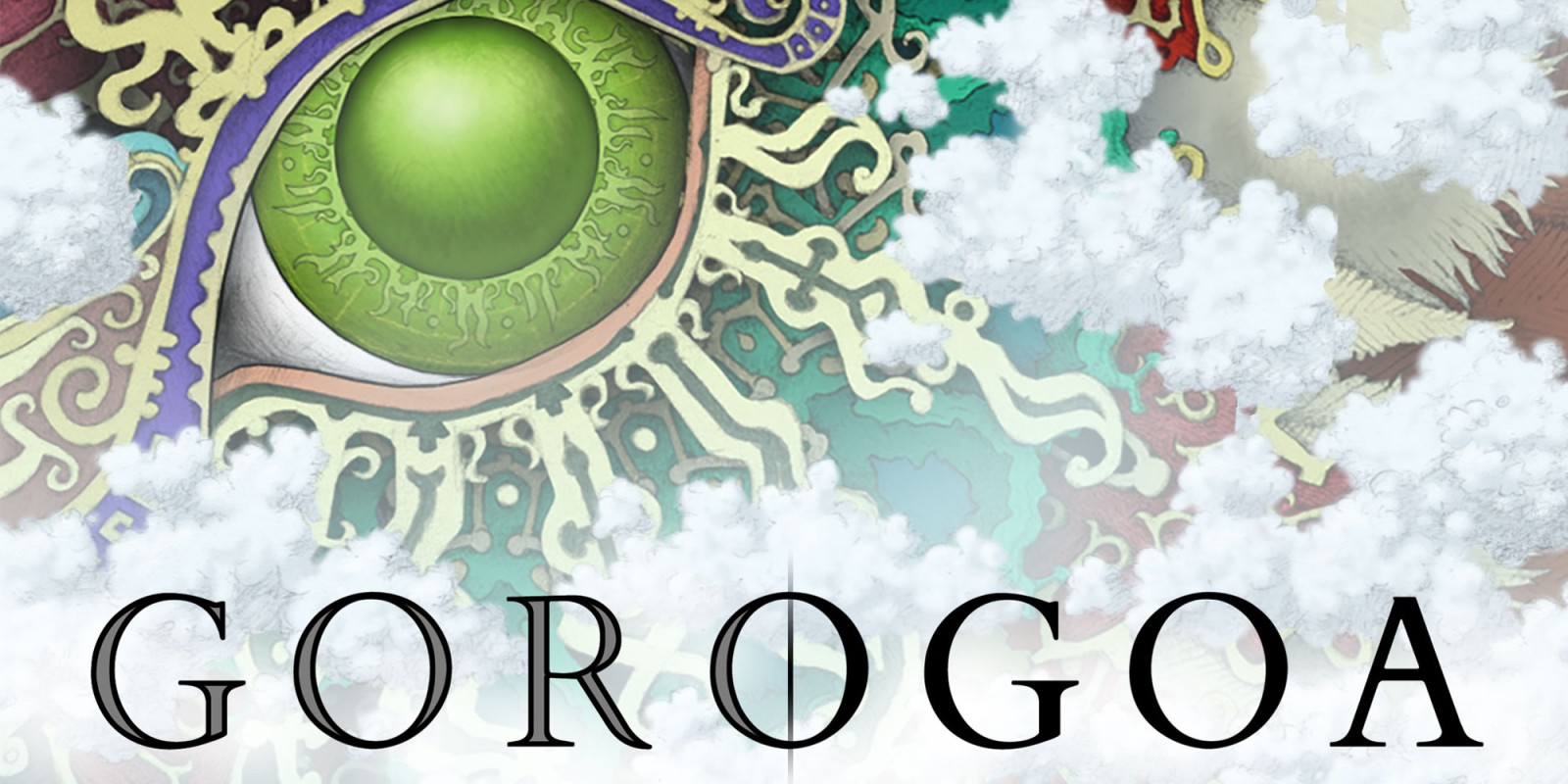
Learning to play Gorogoa felt like I had encountered aliens and was deciphering their language. Gorogoa wasn’t serene like Monument Valley, which has always put me into a sort of zen state of calm puzzling. Solutions would pop into my mind and I’d rush to open the game again. However, I’d mentally keep running through it. After I’d looked at everything I had access to, I’d close the app. I had to solve each and every puzzle for myself. It never held my hand or dragged me along. It presented an odd interface with gorgeous art. Gorogoa offered no instructions, no tutorial, and no explanation. (I suspect that I played it faster than the average player.) I would have loved to spend more time in this strange world. I think my playtime was around one hour and forty minutes. When these gang animation moments happened, I felt like I missed out, which was damaging in a game this intimate. The parallel animation had a really cool effect, but made it impossible to tell where I should be looking. These were the low moments.ĭue to the 4-panel layout, animation and story advancement could occur in multiple places at once. ShortcomingsĪt times I had no idea what was going on and found myself pawing at the screen hoping that something productive might happen. I could look at a set of panels and feel my way through the puzzles. I eventually internalized the strange rules of Gorogoa and that knowledge became an extension of myself.

This kept Gorogoa from becoming too cumbersome while also not dragging me through it.Īt its best, the puzzles felt deeply intuitive. These pulses gently guided or highlighted actions I could take… not necessarily what I ought to do. Touchable portions of the game world would pulse if I let the game sit for too long. I don’t recall having to read a single word in Gorogoa. Gorogoa didn’t instill a sense of narrative or even adventure. Every aspect of Gorogoa was hand drawn and colored in Photoshop. I enjoyed figuring them out and seeing them through, as well as witnessing the effects that they had on the world. Quite a few of the lengthy puzzle sequences were so much fun. It was different from anything else that I had played before. When I started playing this, its innovation caught me off guard. It’s exceptionally rare to encounter a puzzle game that comes up with a completely new type of puzzle. How could I change the game world so that the boy within it could accomplish his objective? Standouts Instead, I changed the world and the boy within it reacted to the changes. I also never took any action within the game’s world. Interestingly, in Gorogoa I did not play as the protagonist. In taking these actions, the world within the game would change, allowing the boy to take action. Panels could also be overlaid on top of each other. Panels could be aligned against one another.

Panels could be split by dragging one layer off of a panel, creating an entirely new panel. The gameplay was in creating interactions between the various panels. At any given point during the game, between 1 and 4 of those panels were filled with beautiful hand-drawn art. Gorogoa played through a unique interface that I can best describe as a 4-panel comic book. To achieve these ends I had to help the protagonist attain 5 colored orbs. I’m not exactly sure what I was accomplishing by completing the quest within Gorogoa, but it was nonviolent and I sure had a great time doing it. Gorogoa was a video game that followed a boy on his quest to… do something with… an Asian dragon-y divine beast.
#Gorogoa download windows
Since then not only the ambitions of the game has grown, but also the team, now sitting at 10 members strong as they work towards the release and beyond of their first game.Price: $5 on iOS, $15 on Windows & Nintendo Switch Story & setup
#Gorogoa download series
Built around pixel artist Hong Moran’s original intricate post-apocalyptic pixel designs, and the team’s love of the Mother and The Legend of Zelda series and older Japanese animation styles, Pixpil were inspired to create a narrative driven RPG with a soft sci-fi storyline. As the world around falls to ruin, you play as a hardworking digger John, who must guide a mysterious girl named Sam through dangerous decaying cities, inhabited by strange monsters, and even stranger people! Inspired by 90s Japanese animation, the visual style of Eastward has been brought to life using a combination of a modern, innovative 3D lighting system and a rich retro-pixel artwork.ĭevelopment started on Eastward at Pixpil’s Shanghai office in 2015, with only 3 team members, using a game engine of the studio’s own making. Eastward is a pixel art adventure RPG, set in a beautifully detailed decaying world, where society is starting to collapse as the human population shrinks to an all-time low.


 0 kommentar(er)
0 kommentar(er)
